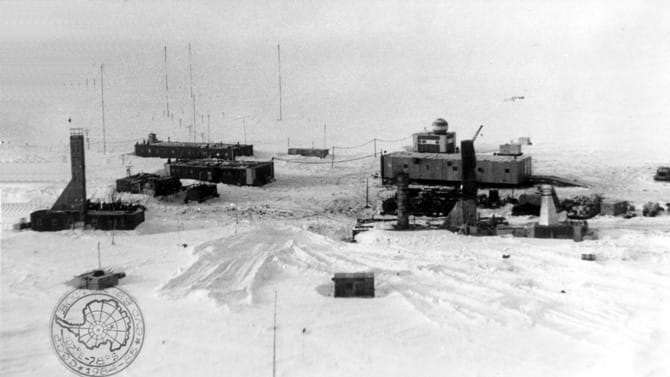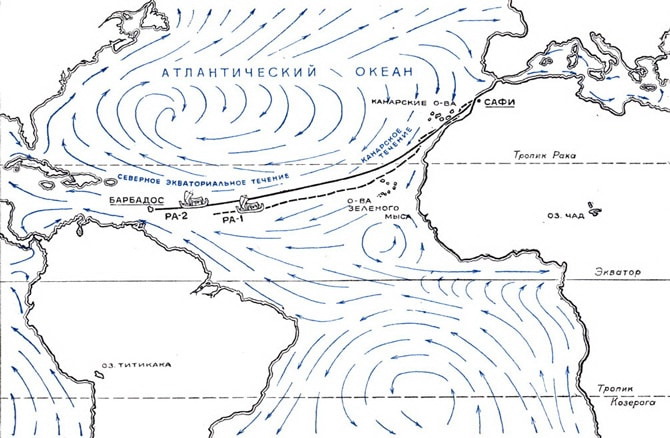




The first Russian hydrographer
Moscow Resident FYODOR SOIMONOV

The state profits from a teeming population within its confinesLearn more









The greatest geographical discovery of the second half of the 20th century
Russian scientists probably made the last major geographical discovery on Earth after locating Lake Vostok beneath the ice-covered Antarctic. In 2012, Russian polar explorers managed to penetrate the ancient lake that had been isolated from the outside world for about one million years. The lake is located under a 4,000-metre thick ice shield. A study of its water samples is expected to discover absolutely unique microorganisms. The lake was reportedly discovered by researcher Andrei Kapitsa, the son of famous physicist Pyotr Kapitsa, who graduated from Lomonosov Moscow State University’s Geography Faculty and later became its dean. After several research projects, he managed to predict the lake’s existence and to chart its approximate boundaries. In 1961, Moscow resident Igor Zotikov, DSc (Geography), made some thermal-physics calculations confirming the existence of a “freshwater sea” with almost the same area as Europe under the Antarctic ice shield.

Unique deep-sea research submersibles
The Mir-1 and Mir-2 submersibles were developed by Moscow resident Igor Mikhaltsev, a research associate with the local Shirshov Institute of Oceanology of the Russian Academy of Sciences. In 1987, both submersibles dove to a depth of over 6,000 metres during tests carried out in the Atlantic Ocean. This standard diving depth has tremendous significance for science and makes it possible to study 98.5 percent of the World Ocean’s seabed. In 2007, both submersibles reached the Arctic Ocean’s seabed for the first time near the North Pole. At that time, expedition members placed a Russian flag and a time capsule there. These submersibles were involved in filming James Cameron’s “Ghosts of the Abyss” (2003) and “Aliens of the Deep” (2005) and became famous all over the world.


Crossing the Atlantic Ocean in a papyrus boat
Between 1969-1970, Yuri Senkevich, the host of the legendary television show “Travelers’ Club,” was involved in the Ra-1 and Ra-2 expeditions at the invitation of Norwegian explorer Thor Heyerdahl and crossed the Atlantic Ocean. Both expeditions confirmed that humans were able to cross the oceans in ancient times. Mr Heyerdahl decided to invite Senkevich after he came to Moscow in the 1960s and met famous scientist Mstislav Keldysh, a member of the Soviet Academy of Sciences. The Norwegian asked Keldysh to find a doctor fluent in English and with a good sense of humour. Yuri Senkevich who had recently returned from the Antarctic and who was working at the Moscow-based Institute of Medical and Biological Problems qualified for the upcoming expeditions. Senkevich had lived and worked in Moscow since he was 25. In 1990, he was even elected to the Moscow City Soviet (Council) of People’s Deputies.